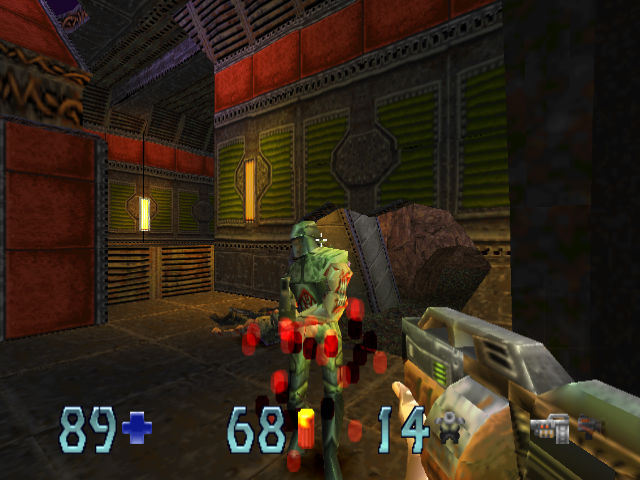


By combining and arranging these two-dimensional shapes, or surfaces, together in three-dimensional space, we can make solids - or, in the language of computerized 3D graphics, objects. It all begins with simple two-dimensional shapes of the sort we all remember from middle-school geometry, each defined as a collection of points on a plane and straight lines connecting them together. The process behind them can be divided into two phases: the modeling phase and the rendering, or rasterization, phase. Like so many things that get really complicated really quickly, the basic concepts of 3D graphics are disarmingly simple. For, while 2D graphics are stored as a concrete grid of pixels, 3D graphics are described using only the abstract language of mathematics - a language able to describe not just a scene but an entire world, assuming you have a powerful enough computer running a good enough algorithm. They can go anywhere and do just about anything. 3D graphics, however, are literally drawn by the computer. Clever programmers can manipulate them to some extent - pixel art generally more so than digitized video - but the possibilities are bounded by the fundamentally static nature of the source material. And therein lies the source of their limitations. Whether they happen to be pixel art hand-drawn by human artists or video footage captured by cameras, 2D graphics already exist on disk before they appear on the monitor screen. It was different, however, in that the entire industry looked to one man to lead it into its algorithmic 3D future.
#Quake ii composer software#
This 3D Revolution did have one point of similarity with the mooted and then abandoned meeting of Silicon Valley and Hollywood: it too was driven by algorithms, implemented first in software and then in hardware. The games industry therefore shifted its hopeful gaze to another approach, one that would prove a much more lasting transformation in the way games were made. Just a few years later, after the zeitgeist in games had shifted, the whole process repeated itself in a different context.īy the middle years of the decade, with the limitations of working with canned video clips becoming all too plain, interactive movies were beginning to look like a severe case of the emperor’s new clothes. So, when software proved able to stretch only so far in the face of the limited general-purpose computing power of the day, some started to build their video codecs into specialized hardware add-ons. This rule holds true as much in computing as anywhere else. It is a rule in almost all kinds of engineering that, the more specialized a device is, the more efficiently it can perform the tasks that lie within its limited sphere. This was a period when Apple’s QuickTime was regarded as a killer app in itself, when Philips’s ill-fated CD-i console could be delayed for years by the lack of a way to get video to its screen quickly and attractively.
#Quake ii composer code#
At the very beginning of the 1990s, when “multimedia” was the buzzword of the age and the future of games was believed to lie with “interactive movies” made out of video clips of real actors, the race was on to develop video codecs: libraries of code able to digitize footage from the analog world and compress it to a fraction of its natural size, thereby making it possible to fit a reasonable quantity of it on CDs and hard drives. We can learn much about the tech zeitgeist from those algorithms the conventional wisdom thinks are most valuable. “Mathematics,” wrote the historian of science Carl Benjamin Boyer many years ago, “is as much an aspect of culture as it is a collection of algorithms.” The same might be said about the mathematical algorithms we choose to prioritize - especially in these modern times, when the right set of formulas can be worth many millions of dollars, can be trade secrets as jealously guarded as the recipes for Coca-Cola or McDonald’s Special Sauce.


 0 kommentar(er)
0 kommentar(er)
